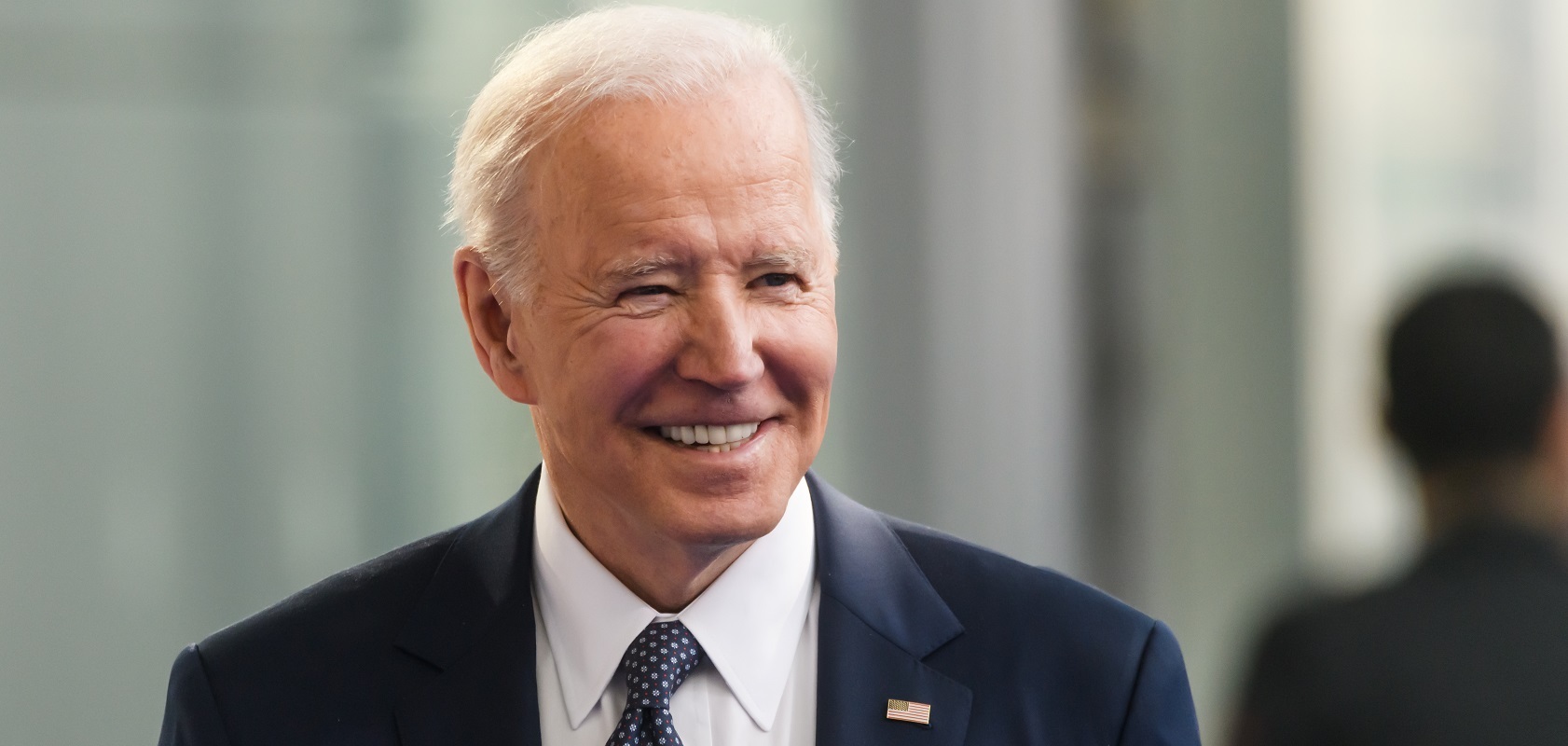The investment should ensure the deployment of an additional 35 gigawatts of renewable energy, reducing costs and creating new jobs. Above all, a reliable electricity grid needs to be built across the country – including 400 micro-grids – prepared for extreme weather events exacerbated by the climate crisis.
20 billion dollars
The 58 projects funded by President Biden’s bipartisan infrastructure legislation will generate more than $8 billion in federal and private investment. In total, the Bipartisan Infrastructure Act will invest more than $20 billion to improve America’s electric grid.
“Extreme weather events caused by climate change will continue to strain the nation’s aging transmission systems, but U.S. President Biden’s investment will ensure the U.S. electric grid delivers reliable and affordable energy,” said U.S. Energy Secretary Jennifer M. Granholm said. . “Today’s announcement represents the largest direct investment in critical grid infrastructure and supports projects that will strengthen systems, improve energy reliability and affordability, while creating unionized jobs for highly skilled workers.”
First selection round
The Grid Resilience and Innovation Partnership Program – implemented under the leadership of the Ministry of Energy’s Grid Deployment Office (GDO) – to finance measures to modernize the electricity grid.
The currently announced investment amount of up to USD 3.46 billion represents the first selection round within the framework of the wider GRIP program worth USD 10.5 billion.
Georgia
The Georgia Environmental Finance Commission and a family of companies that support energy cooperatives in Georgia – will improve smart grid infrastructure by investing in batteries, local microgrids, increasing power grid reliability and investing in new transmission lines.
Louisiana
The state of Louisiana will partner with 15 state agencies, energy companies, and community and academic institutions to launch an initiative to improve emergency response operations by establishing a network of community resilience centers powered by microgrids with renewable energy sources. These microgrids can operate independently or be integrated with the utility power grid.
Michigan
In the Detroit area, energy company DTE Energy adapts microgrids in real-time to changing energy needs and local conditions, especially after extreme weather events.
Utility company Consumers Energy (CE), in turn, will make much-needed investments in Michigan’s grid infrastructure. The project will improve CE’s power grid backbone and increase the capacity of local substations to better support redundancy and reliability in underserved communities.
Pennsylvania
In Southeastern Pennsylvania, PECO Energy will increase the reliability and resiliency of the electric grid by protecting substations from flooding, improving underground monitoring and control technologies, deploying battery systems for backup power, replacing aging infrastructure and installing improved conductors. Electric grid.
Oregon
The alliance of Oregon and Portland General Electric (PGE) on the Warm Springs Reservation will improve tribal transmission capacity and connect Pacific Gas and Electric (PGE) customers to renewable energy resources currently located far east of the Cascade Mountains, including 1.8 gigawatts of solar farms. Hot springs reservation.
PacifiCorp will modernize grid infrastructure in Oregon and neighboring states to improve fire resiliency and prevention in the fight against wildfires.

“Passionate analyst. Thinker. Devoted twitter evangelist. Wannabe music specialist.”







More Stories
Cooperation between the US and China ensures more stable corporate finance – FM.nl
New US peace proposal for Gaza war ‘may be too smart for either side to say no’
Bitcoin weathers bankruptcy storm in US